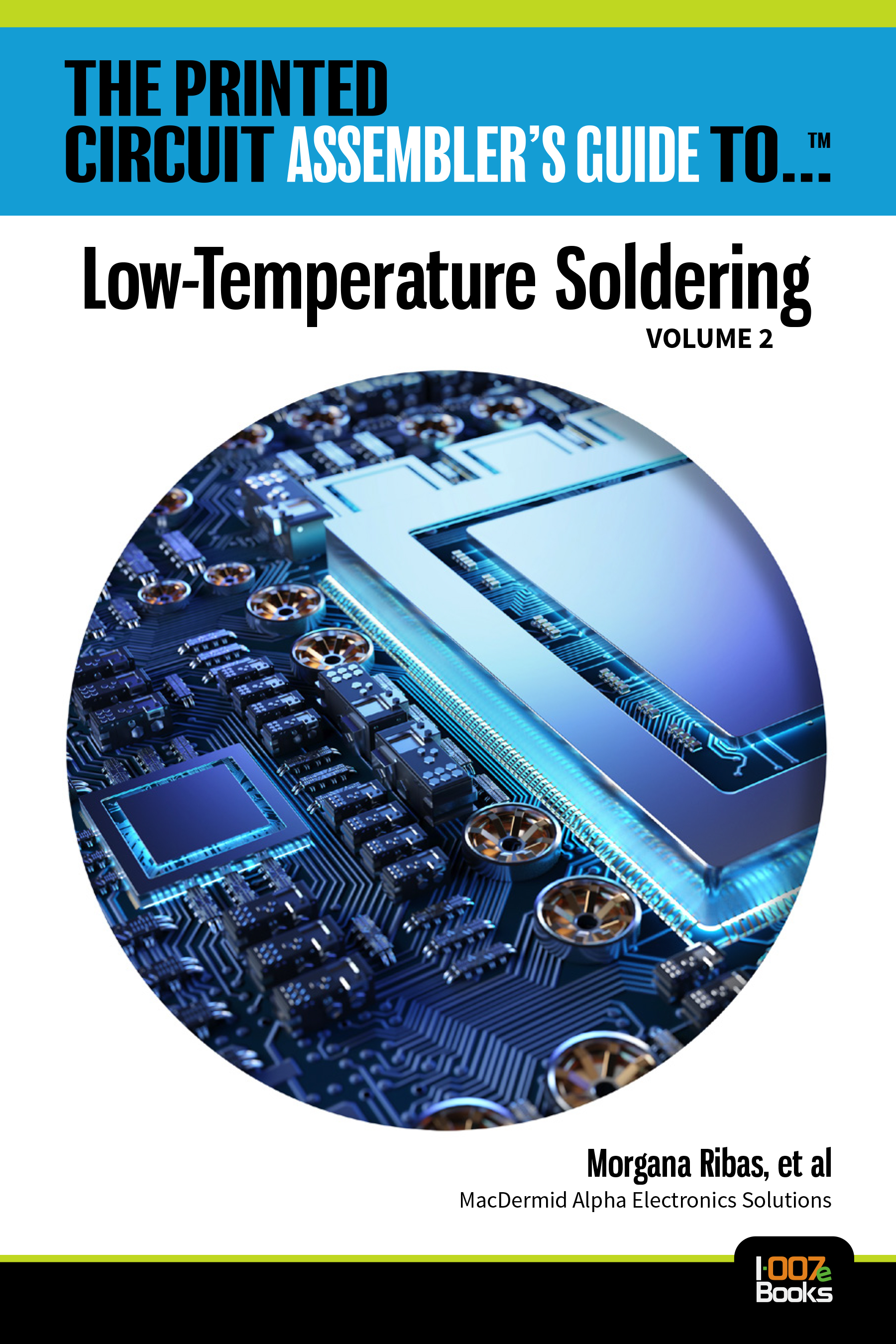Record Stability for Perovskite Solar Cells, Efficiency Over 20%
October 2, 2017 | EPFLEstimated reading time: 3 minutes
EPFL scientists have greatly improved the operational stability of perovskite solar cells by introducing cuprous thiocyanate protected by a thin layer of reduced graphene oxide. Devices lost less than 5% performance when subjected to a crucial accelerated aging test during which they were exposed for more than 1000 hours to full sunlight at 60°C.
Perovskite solar cells (PSCs) can offer high light-conversion efficiency with low manufacturing costs. But to be commercially viable, perovskite films must also be durable and not degrade under solar light over time. EPFL scientists have now greatly improved the operational stability of PSCs, retaining more than 95% of their initial efficiencies of over 20% under full sunlight illumination at 60°C for more than 1000 hours. The breakthrough, which marks the highest stability for perovskite solar cells, is published in Science.
Challenges of Stability
Conventional silicon solar cells have reached a point of maturation, with efficiencies plateauing around 25% and problems of high-cost manufacturing, heavyweight, and rigidity has remained largely unresolved. On the contrary, a relatively new photovoltaic technology based on perovskite solar cells has already achieved more than 22% efficiency.
Given the vast chemical versatility, and the low-cost processability of perovskite materials, the PSCs hold the promise to lead the future of photovoltaic technology by offering cheap, light weight and highly efficient solar cells. But until now, only highly expensive, prototype organic hole-transporting materials (HTMs,selectively transporting positive charges in a solar cell) have been able to achieve power-conversion efficiencies over 20%. And by virtue of their ingredients, these hole-transporting materials adversely affect the long-term operational stability of the PSC.
Therefore, investigating cheap and stable hole transporters that produce equally high efficiencies is in great demand to enable large-scale deployment of perovskite solar cells. Among various inorganic HTMs, cuprous thiocyanate (CuSCN) stands out as a stable, efficient and cheap candidate ($0.5/gr versus $500 /gr for the commonly used spiro-OMeTAD). But previous attempts to use CuSCN as a hole transporter in perovskite solar cells have yielded only moderately stabilized efficiencies and poor device stability, due to problems associated with depositing a high-quality CuSCN layer atop of the perovskite film, as wells as the chemical instability of the CuSCN layer when integrated into a perovskite solar cell.
A Stable Solution
Now, researchers at Michael Grätzel’s lab at EPFL, in a project led by postdocs Neha Arora and M. Ibrahim Dar, have introduced two new concepts that overcome the major shortcomings of CuSCN-based perovskite solar cells. First, they developed a simple dynamic solution-based method for depositing highly conformal, 60-nm thick CuSCN layers that allows the fabrication of perovskite solar cells with stabilized power-conversion efficiencies exceeding 20%. This is comparable to the efficiencies of the best performing, state-of-the-art spiro-OMeTAD-based perovskite solar cells.
Second, the scientists introduced a thin spacer layer of reduced graphene oxide between the CuSCN and a gold layer. This innovation allowed the perovskite solar cells to achieve excellent operational stability, retaining over 95% of their initial efficiency while operating at a maximum power point for 1000 hours under full-sun illumination at 60°C. This surpasses even the stability of organic HTM-based perovskite solar cells that are heavily researched and have recently dominated the field.
The researchers also discovered that the instability of the perovskite devices originates from the degradation of CuSCN/gold contact during the solar cell’s operation.
“This is a major breakthrough in perovskite solar-cell research and will pave the way for large-scale commercial deployment of this very promising new photovoltaic technology,” says Michael Grätzel. “It will benefit the numerous scientists in the field that have been intensively searching for a material that could replace the currently used, prohibitively expensive organic hole-transporters,” adds M. Ibrahim Dar.
Suggested Items
Nordson and Nordson Corporation Foundation Give More than $10 million to Charitable Organizations in Fiscal Year 2024
01/29/2025 | BUSINESS WIRENordson Corporation and Nordson Corporation Foundation announced that it contributed more than $10 million to charitable organizations during its 2024 fiscal year that ended October 31.
North American EMS Industry Down 7.8 Percent in December
01/27/2025 | IPCIPC announced today the December 2024 findings from its North American Electronics Manufacturing Services (EMS) Statistical Program. The book-to-bill ratio stands at 1.26. Total North American EMS shipments in December 2024 were down 7.8 percent compared to the same month last year.
Biden-Harris Administration Awards SRC $285M for New CHIPS Manufacturing USA Institute for Digital Twins
01/07/2025 | U.S. Department of CommerceThe U.S. Department of Commerce announced that CHIPS for America awarded the Semiconductor Research Corporation Manufacturing Consortium Corporation (SRC) $285 million to establish and operate a CHIPS Manufacturing USA institute headquartered in Durham, North Carolina.
North American EMS Industry Up 10.6 Percent in November
01/02/2025 | IPCIPC announced today the November 2024 findings from its North American Electronics Manufacturing Services (EMS) Statistical Program. The book-to-bill ratio stands at 1.18.
Happy New Year From I-Connect007
01/01/2025 | Nolan Johnson, I-Connect007As I-Connect007 observes the New Year’s Day holiday, we also wish you and yours a prosperous new year. We will be back covering the news of the industry tomorrow, January 2, 2025, according to the Gregorian calendar.


